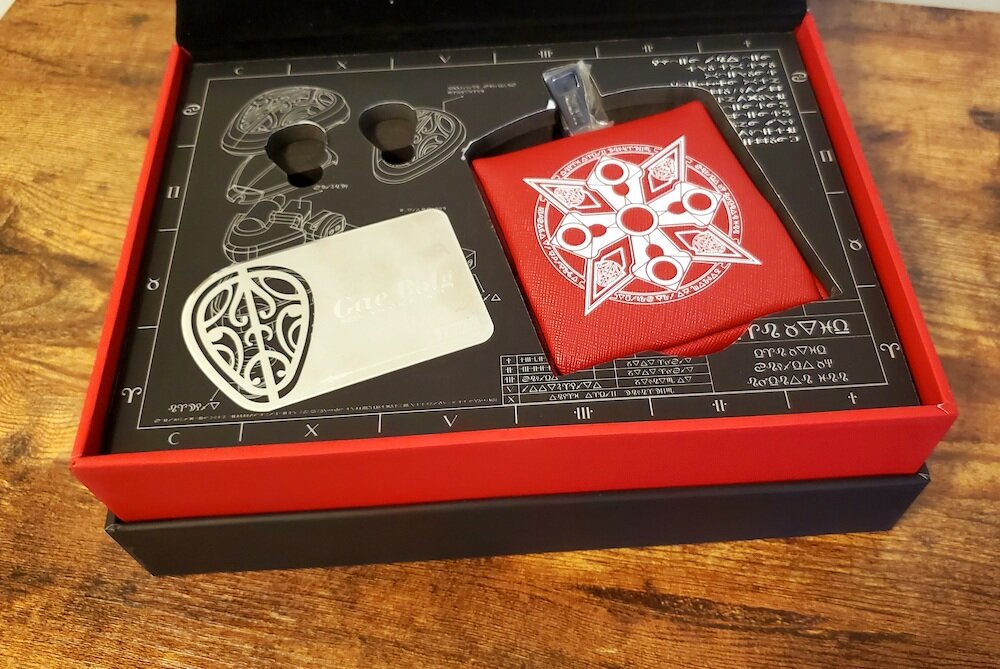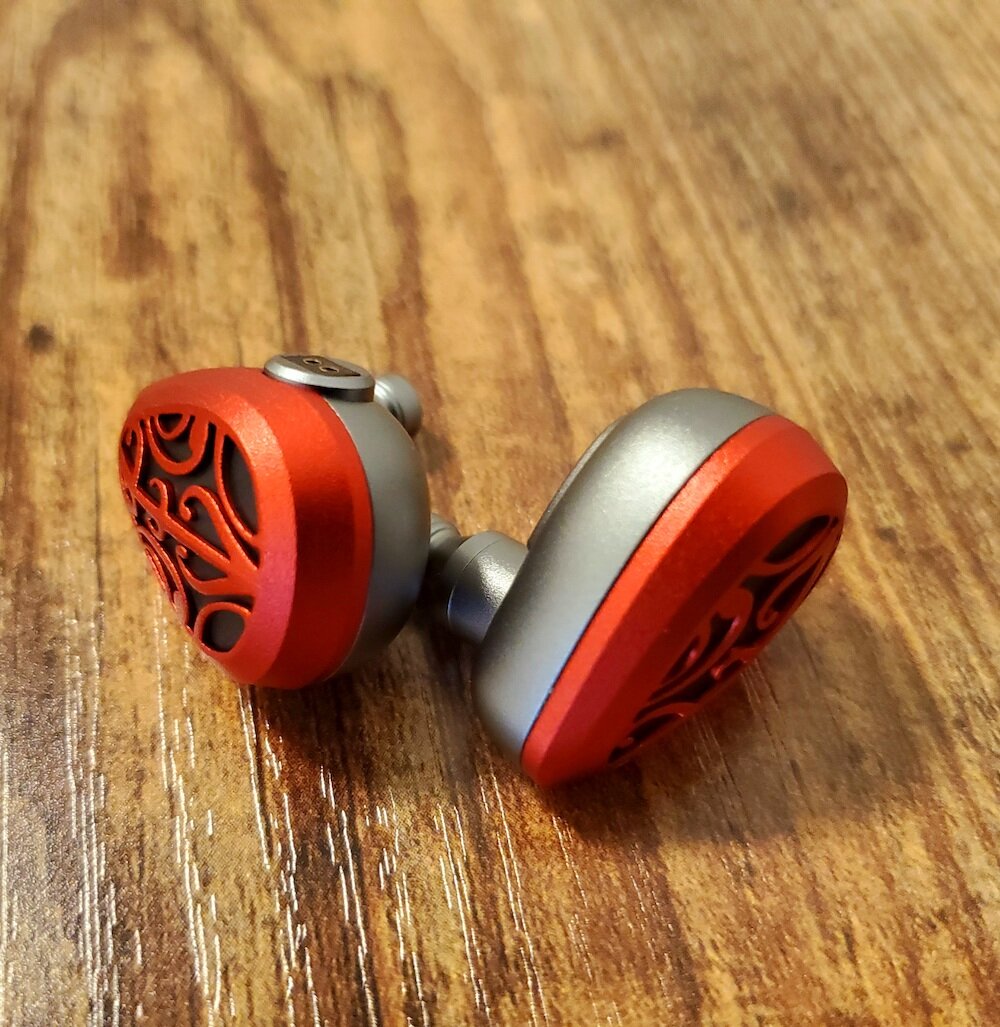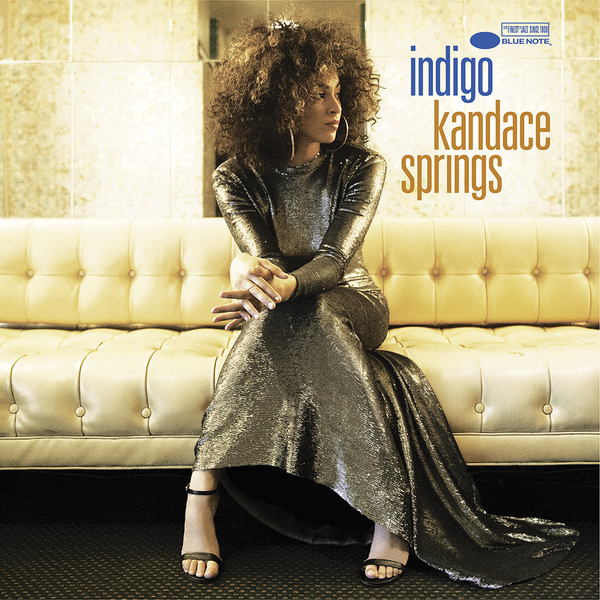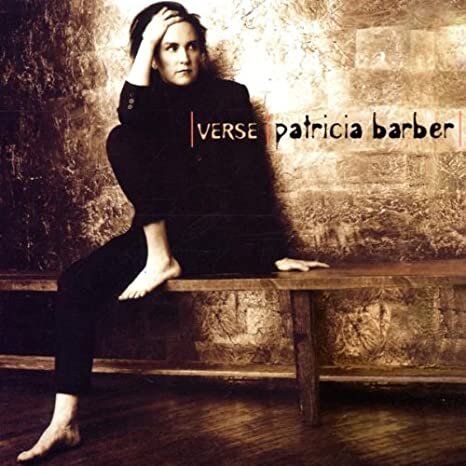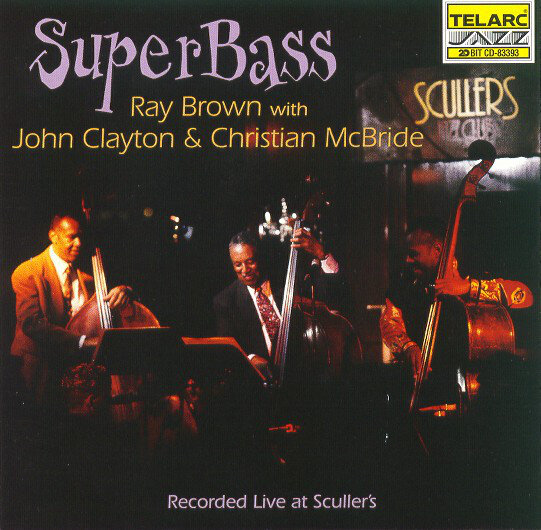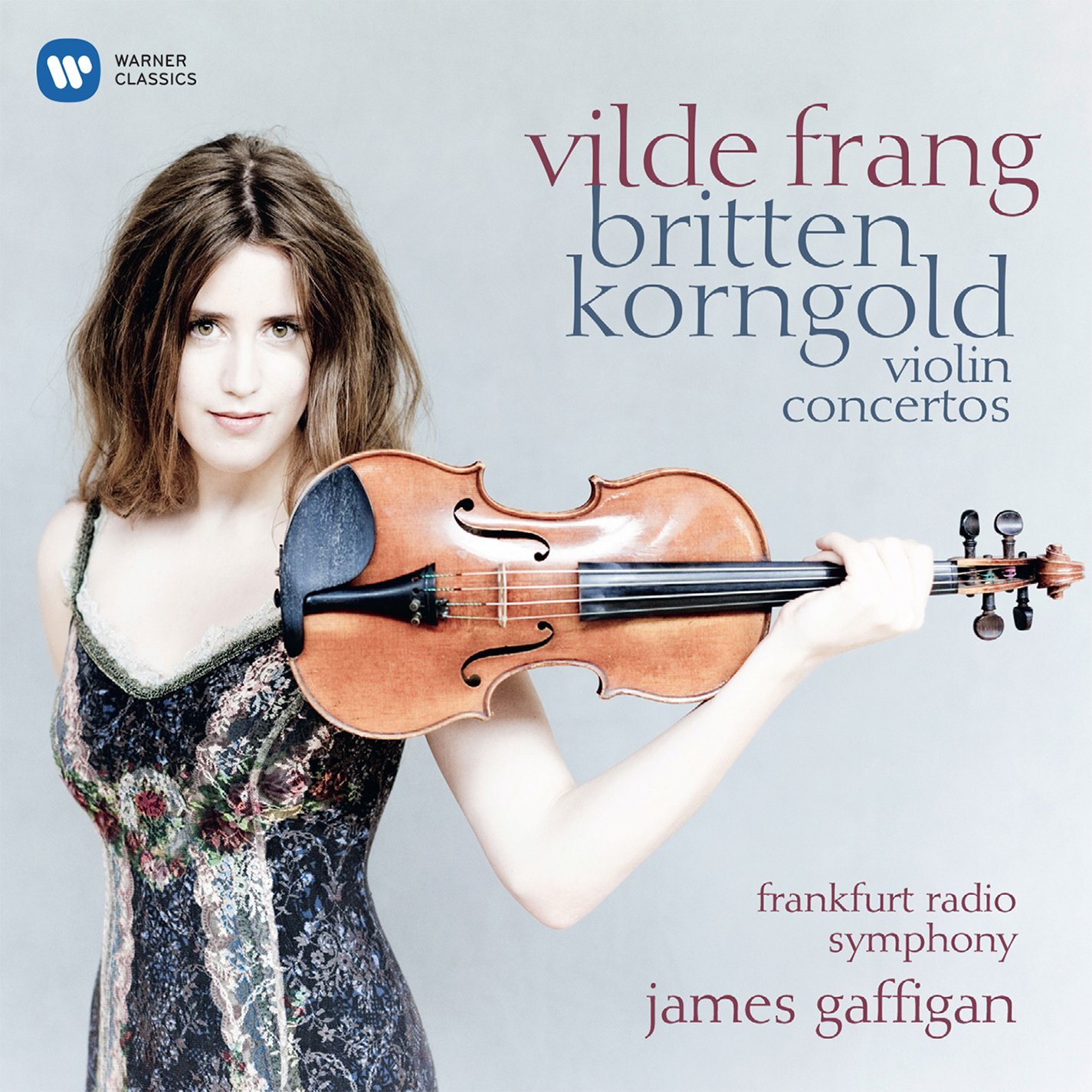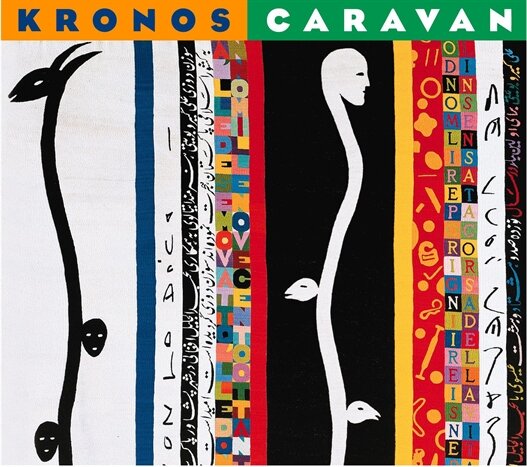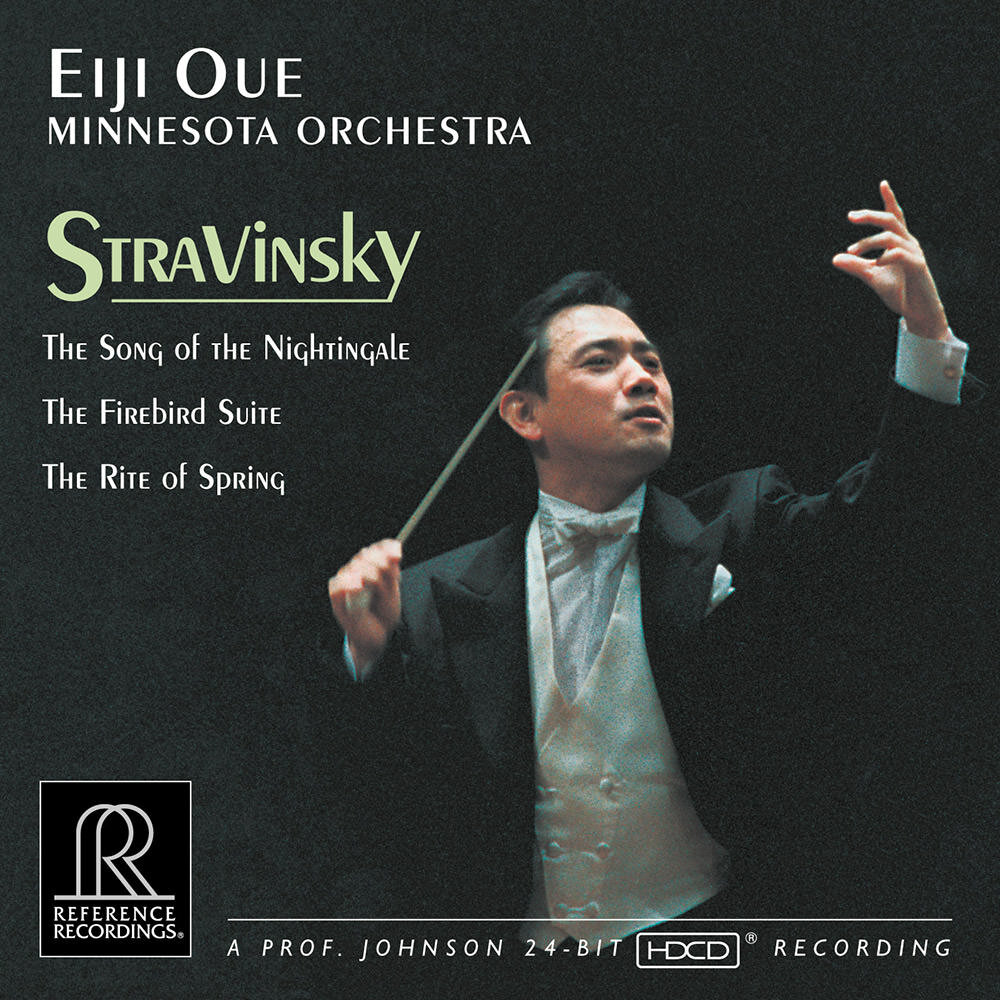The MMR GÁEBOLG -REVIEW
A Form Follows Function musical Beauty!
As written in an earlier review of Metal Magic Research (MMR):
“MMR is a relatively new company in the In-Ear-Monitor (IEM) market, was founded by Jomo Audio’s Joseph Mou and a team of like-minded individuals. The Thummin IEM ($4,499), currently under review represents MMR’s flagship product, which is a nine (9) driver, multiple driver technology (tribrid)—electrostatic, balanced armature, and dynamic driver—design.”
MMR’s modus operandi as established by Joseph Mou was to bring together a diverse group of individuals across various specialities—Industrial Design, Manufacturing, Process Implementation, Marketing & Research to:
“Perfect the consummation of impeccable acoustics design with excellent aesthetics & ergonomics through the use of various ingenious methods to process manufacturing implementation … MMR innovations not only comes with a creative flair but is also a befitting alignment of current lifestyle standards.”
And while I have had the opportunity to review its flagship IEM—the Thummin—an avant-garde design that embraces elements of Buckminster “Bucky” Fuller’s geodesic dome, the IEM under review today—the GáeBolg—takes a decidedly different design approach that is beautifully reminiscent of, perhaps, a royal family’s crest. But how does the MMR GáeBolg actually sound?
REFRAIN: Unlike most reviews, this review will be non-sequential, as it will start with how the headphones actually sound and not the process of physically “undressing” them and/or laying out their various parts, specifications, etc. Think of this review then, as a non-linear movie—Memento, Kill Bill, Arrival, Eternal Sunshine of the Spotless Mind, The Terminator, etc—that, likewise, starts at the end and winds its way to the beginning
The Sound
Unlike its sibling the Thummin, the GáeBolg will be immediately musical and engaging and the magic of its midrange will be on display for all to hear. Though a one hundred hour burn-in will bring an ease and texture and confidence to the GáeBolg sound, sound stage, and its transparency.
The GáeBolg magic lies clearly within its midrange which extends beautifully to the lower treble and the upper bass region. It’s as if tubes had been the plan in these regions, though with a transparency born of a mating between an EL34 tube and a 211 tube. Yes, this reference may be obscure to many and for that I apologize. However, those long in the game may have a clear understanding of the GáeBolg’s voice.
I played Patricia Barber’s The Moon (Verses, Premonition Records) like I had for its Thummin sibling. The Thummin provides a darker overall presentation, with bass slam and sub-bass reach that the GáeBolg can not match. Of course there is a substantial price differential and it is reflected, at least, in the bass/sub-bass reach. The GáeBolg as allied to the Cayin Audio N6ii/A01, nonetheless, renders an incredibly beautiful, three dimensional, and engaging voice.
The MMR GáeBolg’s volumetric cube—its soundstage—is very good. It is quite wide, deep, with very good height. Separation, positioning, and layering are also quite good, while its tuning is decidedly midrange-centered. Another music lover’s IEM that happily embraces transparency, which, of course, falls squarely within our “wheelhouse” of sound (see Modus Operandi).
BASS
Eiji Oue’s Stravinsky Infernal Dance of King Kashchey, fifth movement (Stravinsky, Reference Recordings), has been called upon once again to “litmus test” the bass response and this time, well, there is a bit less than meets the ear. The GáeBolg while having a good measure of upper bass weight was, in most cases, without sub-bass reach and regardless of the DAPs or DAC/Amps used it refused to descend to the stygian depths of the Holy-Bass-Head-Grail. As a result the power and impact of Eiji Oui’s Infernal Dance of King Kashchey, fifth movement was a pale reflection of what it can typically be. Again, there is good bass and for some it will prove more than sufficient.
Midrange
As mentioned above the magic is definitely in the GáeBolg’s midrange and this was true, regardless, of DAP, though it would scale to higher levels of musicality with more musical DAPs, of course. Kandace Springs’68 (Indigo, Blue Note) was incredibly engaging, ethereal, with a warmth and smoothness that was exceptional and highly addictive. And this would be true for Andy Bey and Katie Melua and Joan Shelly and far too many others. Music lovers will get this immediately, should their On-the-Go setups, DAPs meet the call and form a symbiotic or synergistic embrace with the GáeBolg.
Treble+
The GáeBolg treble across Vilde Frang’s Violin Concerto in D Major Op. 35 (Britten Korngold, Warner Classics) was nicely extended, but it did not scale the uppermost treble regions. However, what it did render was sweet, beautifully resolved, and free of any nasties—sibilance, harshness, stridency. And given its Balanced Armature (BA) design it provided for a very natural and engaging rendering of the treble. Like its midrange the GáeBolg’s treble is also for music lovers, who also appreciate good resolution.
The Wrappings and Accessories
The MMR GáeBolg packaging is thematic in that it embraces Irish mythology. The inner box is wrapped by a black sleeve, that has on its top face an eight-pointed star, which is nearly bisected by the GáeBolg—a mythological Irish weapon. Its printed bottom face holds both marketing information, specifications, and line drawings of the GáeBolg IEM.
Once the rather tight sleeve is removed, a black, minimally printed box, with the MMR logo on front, top, and back, remains. A red ‘waist’ colorfully separates the top and bottom halves of the box.
With the box’s top removed, a black velvet lid now sits atop the various components. Beneath the lid raised one finds—the GáeBolg IEMs, a warranty card, a red plastic pouch/carrying case, and within the pouch are:
A GáeBolg 1.2m, 4-wire, black, braided cable with splitter/chin cinch, a 3.5mm L-connector, with 0.78mm, 2-pin IEM terminations, that are clearly designated for the left “L” and right “R” ear.
An array of eartips (S/M/L)
Cleaning brush/pick
Emblem plate
Overall, the package design is clean, well executed, and nicely thematic, which is carried throughout all aspects of the GáeBolg’s presentation
Design—Look, Feel, and technology
The MMR GáeBolg like its packaging represents a thematic IEM in that it continues the embrace of Irish mythology. The GáeBulg was a mythological Irish weapon whose meaning and history are reflected in the following definition:
“The GáeBulg “spear of mortal pain/death,” “gapped/notched spear,” or "belly spear,” was the name of the spear of Cúchulainn in the Ulster Cycle of Irish mythology. It was given to him by his martial arts teacher, the warrior woman Scáthach, and its technique was taught only to him.”
As MMR states in its marketing literature:
“The GáeBolg faceplate pays homage to the classic mythological ‘GáeBulg’ with its deep scarlet hue of color shading captured within a magic weaponry theme…the GáeBolg pattern is a tribal styled spear [with] a 3-dimensional structure that sits above a matte black backplate to highlight the GáeBolg patterns”
The faceplate of the GáeBolg is designed in a beautifully rich, red pattern that could be one’s family crest’s, a crest of nobility or, perhaps, of anti-nobility. It is, nonetheless eye-catching, exceptionally well executed, of a size that will fit comfortably into many, if not most ears, and it will also catch the eyes of many a passerby.
The GáeBolg incorporates five balanced armatures (BA) drivers:
1—Tweeter
1—Vented Mid-High
1—Mid,
2—Vented Lows
The overall design of the GáeBolg from its 3-D printed unibody to its wonderfully conceived and executed faceplate is quite stunning, as though a treasured heirloom or a family crest has been made available for those bereft of the own family crest.
The Specifications
Five (5) Precision Built Balanced Armature Drivers:
1—Tweeter, 1—Vented Mid-High, 1—Mid, 2—Vented Lows
4-Way Passive Electro Frequency Division
TriBore Waveguide
Unibody 3D-Printed Body
Frequency Response: 20Hz-40kHz
Impedance: 25ohm
Noise Isolation: -18dB (UIEM)
Sensitivity: Unknown…
Drivability
The GáeBolg has a relatively low impedance (25Ω -Ohms) and, to date, like its various siblings, an “unknown sensitivity.” The GáeBolg is easy to drive and worked relatively well with numerous devices ranging from phones to computers to DAPs to desktop systems, though as the source improved so did the music and the synergy.
Comparisons
It came down once again to three songs that would be utilized to differentiate the various IEMs in respect to the GáeBolg. The various IEMs were partnered to the iBasso DX220/AMP1 MkII for its relative closeness to the neutral zone and the vein of warmth that runs through it. The comparisons were done using the following tracks/songs:
Vilde Frang’s Violin Concerto in D Major Op. 35 (Britten Korngold, Warner Classics)
Kandace Springs’ 6.68 (Indigo, Blue Note)
Eiji Oue’s Firebird Suite V. Infernal Dance of King Kashchey (Stravinsky, Reference Recordings)
FiiO FD5 ($299)
At the asking price of $299 the FiiO FD5 is, without doubt, a competitor to many flagship products, at nearly ten times its price. And in this comparison it acquitted itself extremely well against very expensive IEMs. On Vilde’s Violin Concerto in D Major Op. 35 the FD5’s highs were extended free of grain and stridency and harshness, which the GáeBolg easily mirrored. Across the midrange the FD5 brought good weight, transparency, and smoothness, that was very nicely engaging. The GáeBolg, however, was like the ERLKÖNIG’s and on another level relative to the FD5. Finally, the GáeBolg could not match the weight, nor the sub bass reach of the FD5, though what it did provide was beautifully rendered across the upper bass.
MEZE RAI PENTA ($1099)
The Meze Rai Penta has truly stood the test of time and remains a go-to for comparative purposes. In Vilde Frang’s Violin Concerto in D Major Op. 35 the Rai Penta showed great extension as coupled to a very sweet treble. It’s soundstage was broad and embodied a live, exciting, and very engaging dynamic. Yes, there is a wonderful vein of warmth that runs across the Rai Penta’s frequency range as well, but its transparency is, nonetheless, exceptional. Kandace Spring’s voice on 68 was ethereal, textured, warm, and soulful. It brought a pause to the review as I just reveled in its beauty. And bass was spectacular! Eiji Oui’s Firebird Suite V. Infernal Dance of King Kashchey rumbled, was taunt, and the sub-bass easily acquired with the iBasso DX220 AMP1 MkII in tow. And this clearly spoke to synergy, as not all DAPs, DAC/dongles could make this so with the Rai Penta. The GáeBolg was not as extended as the Rai Penta, but what it brought was a wonderfully sweet, though slightly rolled of treble, and an incredibly engaging midrange, perhaps a wee bit warmer than the Rai Penta. And while the GáeBolg offered good bass slam, its sub-bass reach was rather limited in comparison to the Meze Rai Penta. The Rai Penta’s bass in these comparisons was second only to the oBravo EAMT-2C.
NOBLE AUDIO SULTAN ($2900):
The Sultan with foam tips will bring a good deal of extended treble and will not induce listening fatigue. Though in relation to the GáeBolg the Sultan’s treble is more extended a bit more open, though as mentioned earlier, it can be a bit congested even with foam tips on complex movements. The Sultan’s midrange was not quite as natural or as engaging or as warm as was the GáeBolg. Kandace’s voice in 68 is still nicely textured, engaging, three dimensional with the Sultan. In terms of bass response or sub-bass reach the Sultan and the GáeBolg were not able to reach into the sub-bass depths, nor provide the rumble experienced with two of the other IEMs. Though, in truth, most would be happy with what the GáeBolg brings to the treble, midrange, and upper bass regions which is a sublime musicality with very good texture, and resolution and dimensionality.
OBRAVO EAMT-2C ($3000):
There are few IEMs, save for the EAMT-2C’s big brother the oBravo RA-C-CU, that can match the EAMT-2C's transparent, musical rendering, natural tone/timbre across any part of the frequency spectrum. From Vilde Frang’s Violin Concerto in D Major Op. 35 to Kandace Spring’s 6.68 to Eiji Oue’s V. Infernal Dance of King Kashchey the EAMT-2C was stellar and without peer. Its natural tone/timbre, its texture, and its beautifully extended and detailed treble set the benchmark for this comparison. Across all three tracks its soundstage was both deep and wide and its positioning solid. Kandace’s voice was natural of a beautifully delicious tonality and ethereal. These tracks were rendered closer, at least, to their analog tapes, than any other IEM dared. And there was rumble and a taunt, deep bass, as if the EAMT-2C had grabbed the Holy-Bas-Head-Grail, the chalice, and planted a big, wet kiss upon it. Only the FD5, in terms of bass/sub-bass, could be said to even be on the same continent. The GáeBolg, like all other IEMs in this comparison, simply, could also not compete with the EAMT-2C.
Compatibility (Synergy)
The GáeBolg worked beautifully with the iBasso DX220 AMP1 MkII, the Cayin N6II/A01, and the Shanling M8. The DX220 would allow for the broadest frequency range, adding weight to the bass, while providing very good treble extension. The Cayin on the other hand was certainly no slouch in the bass department, though it could still not bring the GáeBolg to the sub-bass holy grail, none could. The Cayin did, however, provide a wonderful sweetness to the GáeBolg treble that was even more addictive still. The Shanling M8, however, led to one of those Magical Synergies that we at AudioKey Reviews tend to go on about. This combination was ethereal, dead-quiet, three dimensional, and, perhaps, the most musical and resolving of all the combinations as well. You will definitely see this synergy listed among our Magical Synergies section.
Conclusion
The GáeBolg is beautifully designed and engineered. Its voice is, without doubt, tailored for lovers of music or music lovers, in that the lower treble and the midrange and the upper bass engage an intoxicating warmth, that happily abides resolution and clarity and engagement. The GáeBolg may well keep one listening for long hours on end, I can easily attest to that. And yet, despite its lack of sub-bass reach, many, I believe, may find it just their cup of tea.
While I enjoyed the MMR Thummin, I must say that the MMR GáeBolg is my favorite of MMR’s new line of IEMs, in that it comes very close to rendering a rich, analog-like musical experience that one can listen to for several hours happily and contentedly.
We highly recommend MMR’s GáeBolg IEM and we are certain that it will find its way into one of our end-of-the-year product categories and to the homes of music lovers far and wide.
Pros: Midrange. Lower treble, Upper bass. Musicality. Transparency.
Cons: Sub-bass.
The System(s)
1.
iBasso DX220 AMP1 MkII
2.
Shanling M8
3.
Cayin N6II/A01
THE MUSIC
The Company
MMR Audio
MMR GáeBolg (Retail $1199)
MMR Audio
16 Shaw Road, #01-04,
367954, Singapore
info@metalmagic.co


